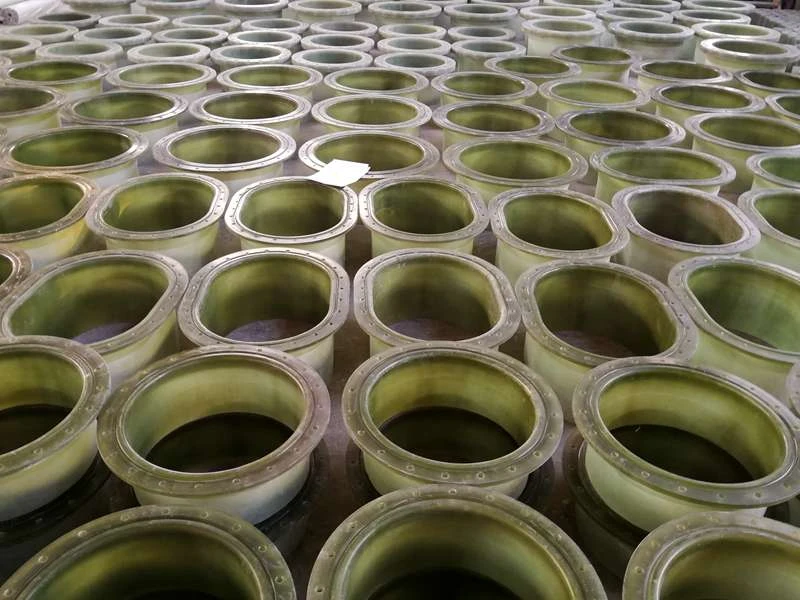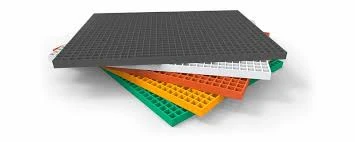
-
 Afrikaans
Afrikaans -
 Albanian
Albanian -
 Amharic
Amharic -
 Arabic
Arabic -
 Armenian
Armenian -
 Azerbaijani
Azerbaijani -
 Basque
Basque -
 Belarusian
Belarusian -
 Bengali
Bengali -
 Bosnian
Bosnian -
 Bulgarian
Bulgarian -
 Catalan
Catalan -
 Cebuano
Cebuano -
 China
China -
 China (Taiwan)
China (Taiwan) -
 Corsican
Corsican -
 Croatian
Croatian -
 Czech
Czech -
 Danish
Danish -
 Dutch
Dutch -
 English
English -
 Esperanto
Esperanto -
 Estonian
Estonian -
 Finnish
Finnish -
 French
French -
 Frisian
Frisian -
 Galician
Galician -
 Georgian
Georgian -
 German
German -
 Greek
Greek -
 Gujarati
Gujarati -
 Haitian Creole
Haitian Creole -
 hausa
hausa -
 hawaiian
hawaiian -
 Hebrew
Hebrew -
 Hindi
Hindi -
 Miao
Miao -
 Hungarian
Hungarian -
 Icelandic
Icelandic -
 igbo
igbo -
 Indonesian
Indonesian -
 irish
irish -
 Italian
Italian -
 Japanese
Japanese -
 Javanese
Javanese -
 Kannada
Kannada -
 kazakh
kazakh -
 Khmer
Khmer -
 Rwandese
Rwandese -
 Korean
Korean -
 Kurdish
Kurdish -
 Kyrgyz
Kyrgyz -
 Lao
Lao -
 Latin
Latin -
 Latvian
Latvian -
 Lithuanian
Lithuanian -
 Luxembourgish
Luxembourgish -
 Macedonian
Macedonian -
 Malgashi
Malgashi -
 Malay
Malay -
 Malayalam
Malayalam -
 Maltese
Maltese -
 Maori
Maori -
 Marathi
Marathi -
 Mongolian
Mongolian -
 Myanmar
Myanmar -
 Nepali
Nepali -
 Norwegian
Norwegian -
 Norwegian
Norwegian -
 Occitan
Occitan -
 Pashto
Pashto -
 Persian
Persian -
 Polish
Polish -
 Portuguese
Portuguese -
 Punjabi
Punjabi -
 Romanian
Romanian -
 Russian
Russian -
 Samoan
Samoan -
 Scottish Gaelic
Scottish Gaelic -
 Serbian
Serbian -
 Sesotho
Sesotho -
 Shona
Shona -
 Sindhi
Sindhi -
 Sinhala
Sinhala -
 Slovak
Slovak -
 Slovenian
Slovenian -
 Somali
Somali -
 Spanish
Spanish -
 Sundanese
Sundanese -
 Swahili
Swahili -
 Swedish
Swedish -
 Tagalog
Tagalog -
 Tajik
Tajik -
 Tamil
Tamil -
 Tatar
Tatar -
 Telugu
Telugu -
 Thai
Thai -
 Turkish
Turkish -
 Turkmen
Turkmen -
 Ukrainian
Ukrainian -
 Urdu
Urdu -
 Uighur
Uighur -
 Uzbek
Uzbek -
 Vietnamese
Vietnamese -
 Welsh
Welsh -
 Bantu
Bantu -
 Yiddish
Yiddish -
 Yoruba
Yoruba -
 Zulu
Zulu
FRP Dual Lamination Products Durable, Lightweight Solutions
- Introduction to Dual Lamination Technology
- Performance Metrics and Industry Data
- Technical Advantages Over Traditional Materials
- Comparative Analysis of Leading Manufacturers
- Custom Solutions for Diverse Applications
- Real-World Implementation Case Studies
- Sustainability and Long-Term Value Proposition

(frp dual lamination product)
Understanding the Innovation Behind FRP Dual Lamination Products
Dual lamination technology combines fiberglass-reinforced plastic (FRP) with specialized resins to create composite materials offering exceptional structural integrity. These products, also referred to as GRP dual lamination systems, utilize cross-linked polymer matrices to achieve corrosion resistance 85% higher than single-layer alternatives according to ASTM testing standards. The process involves layering chemical-resistant veils with structural reinforcement fabrics, resulting in materials that withstand extreme pH levels (0-14) and temperatures up to 220°F continuously.
Critical Performance Metrics Driving Adoption
Third-party testing reveals FRP dual lamination products deliver:
- 2.3x greater impact strength vs. standard FRP (182 kJ/m² vs 79 kJ/m²)
- 0.08% maximum water absorption after 240-hour immersion
- UV resistance maintaining 94% tensile strength after 5,000 hours exposure
These characteristics enable 20-25 year service life in chemical processing environments, outperforming stainless steel 316L by 400% in cost-per-year metrics.
Engineering Superiority in Material Science
The dual-layer construction separates structural and chemical-resistant functions. The primary layer provides mechanical strength through bidirectional E-glass fibers (1,100 MPa tensile), while the secondary barrier layer employs fluoropolymer-modified vinyl ester resins. This architecture reduces permeability by 97% compared to monolithic FRP designs, as validated by NACE TM0112 testing protocols.
Manufacturer Capability Comparison
| Vendor | Tensile Strength (MPa) | Temperature Range | Chemical Resistance | Lead Time |
|---|---|---|---|---|
| ABC Composites | 320 | -40°F to 220°F | Grade A | 6 weeks |
| XYZ Fibertech | 285 | -20°F to 200°F | Grade B+ | 8 weeks |
| CompositePro | 350 | -60°F to 240°F | Grade AA | 4 weeks |
Application-Specific Engineering Solutions
Custom configurations address unique operational challenges:
- High-purity semiconductor variants with <0.01ppm ionic contamination
- Offshore oil & gas grades resisting 15% H₂S concentrations
- Food-safe compositions meeting FDA 21 CFR 177.2420 standards
Documented Success in Extreme Conditions
A chlor-alkali plant reported 72% maintenance cost reduction after replacing rubber-lined steel with FRP dual lamination piping. The system maintained 98.6% thickness retention after 8 years of exposure to 32% HCl at 185°F, demonstrating superior performance to initial projections.
FRP Dual Lamination: Redefining Material Economics
Lifecycle analysis shows 42% lower total ownership costs versus traditional materials over 15-year periods. The combination of installation efficiency (30% faster than metal alternatives) and elimination of cathodic protection requirements positions these composites as sustainable solutions meeting ASME RTP-1 and ISO 14692 specifications. With 100% recyclability through thermal depolymerization processes, FRP dual lamination products achieve circular economy objectives while delivering uncompromised performance.

(frp dual lamination product)
FAQS on frp dual lamination product
Q: What is an FRP dual lamination product?
A: An FRP dual lamination product combines two layers of fiber-reinforced plastic (FRP) for enhanced strength and corrosion resistance. It is ideal for industrial and marine applications. The dual-layer design improves durability in harsh environments.
Q: How does a fiberglass dual lamination product differ from standard FRP?
A: Fiberglass dual lamination products use fiberglass reinforcement within resin layers, offering higher tensile strength. Standard FRP may have a single layer. The dual structure ensures better chemical and abrasion resistance.
Q: What are the advantages of GRP dual lamination products?
A: GRP (glass-reinforced plastic) dual lamination products provide lightweight yet robust solutions for structural applications. They resist moisture, UV rays, and chemicals. Their layered design ensures long-term performance in demanding settings.
Q: Where are FRP dual lamination products commonly used?
A: They are widely used in pipelines, storage tanks, and offshore platforms. The construction and chemical industries rely on them for corrosion-resistant structures. Their versatility suits both above-ground and submerged applications.
Q: Can FRP dual lamination products be customized for specific needs?
A: Yes, these products can be tailored in thickness, resin type, and reinforcement materials. Customization ensures compatibility with specific environmental or load requirements. Manufacturers often provide design support for specialized projects.
Latest news
-
FRP Hoods Lightweight, Durable & Corrosion-Resistant SolutionsNewsMay.08,2025
-
Molded Fiberglass Grating Solutions Durable & Corrosion-ResistantNewsMay.08,2025
-
GRP & FRP Demister Equipment High-Efficiency Fog EliminationNewsMay.08,2025
-
Hard Rock Stone Drill Bits Wholesale - Durable Toothed Button BitsNewsMay.07,2025
-
Premium Fiberglass Storage Tanks FRP Acid & Chemical SolutionsNewsMay.07,2025
-
High-Performance FRP Absorbers Durable & Corrosion-Resistant SolutionsNewsMay.07,2025









